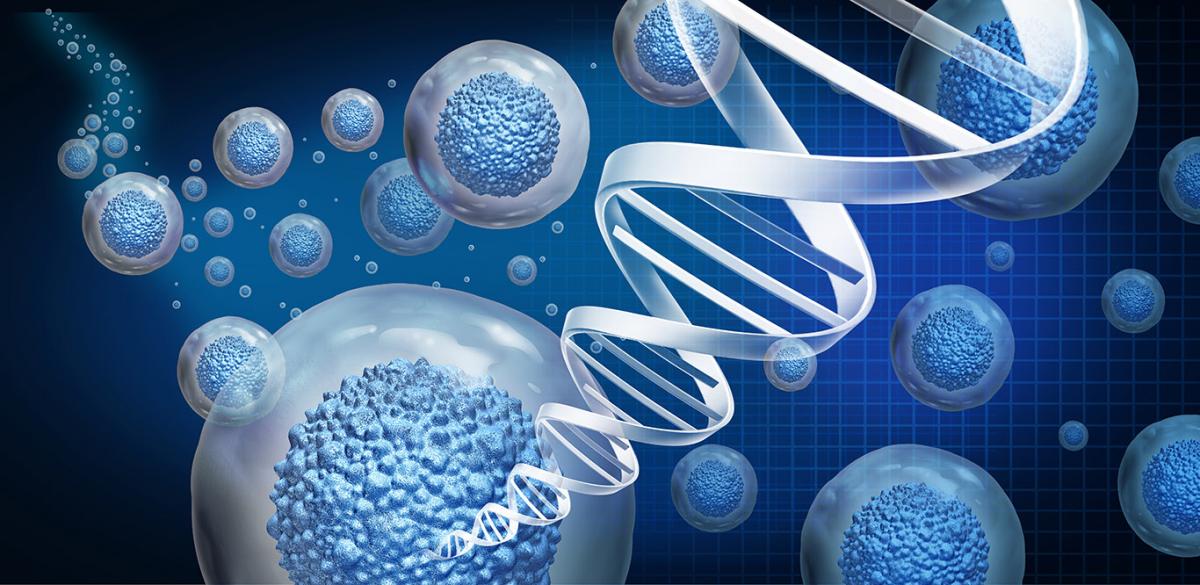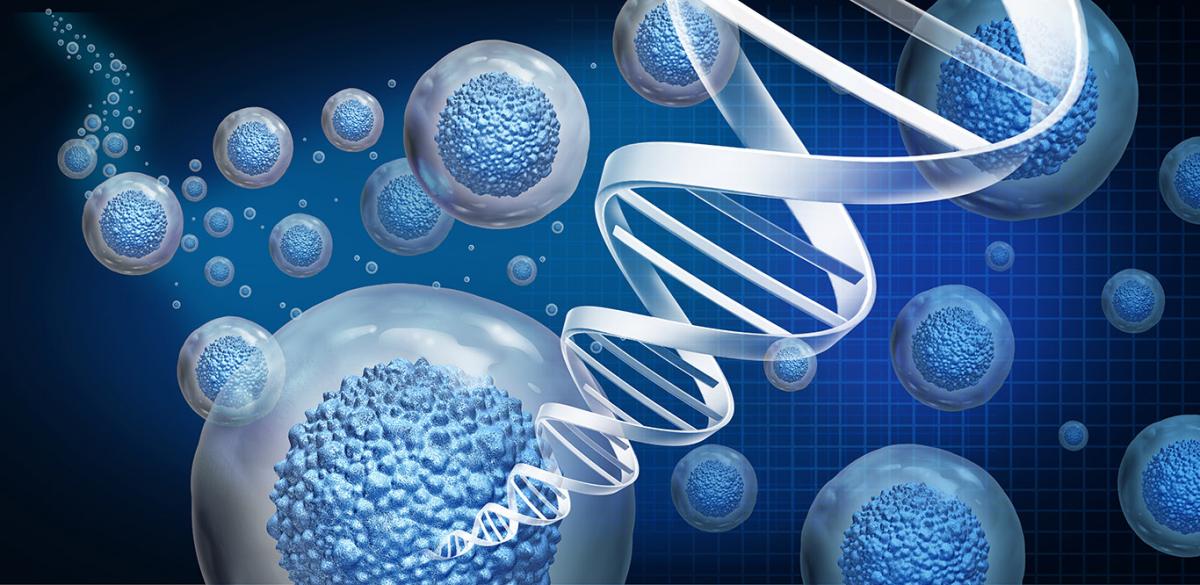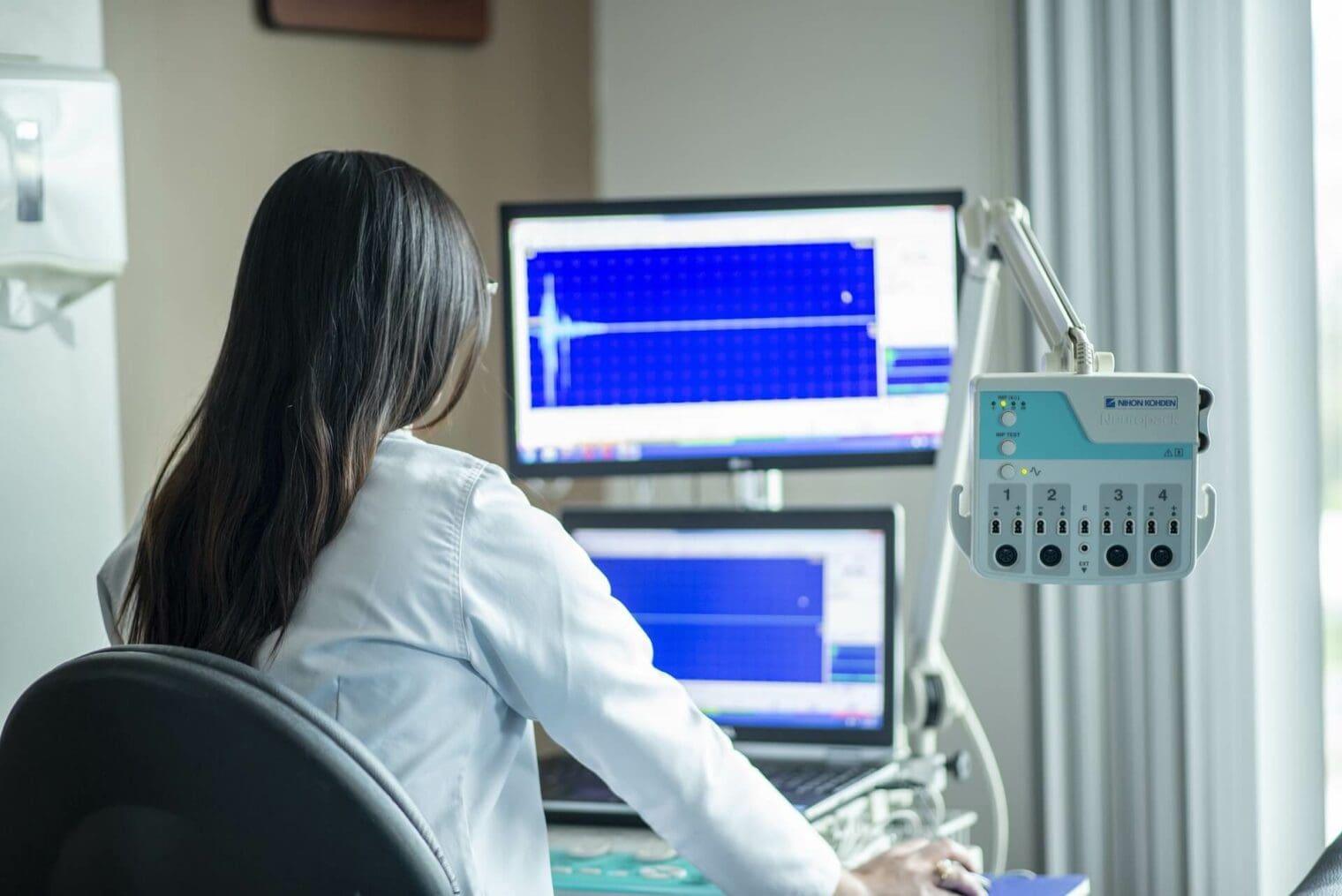Are you curious about the latest advances in regenerative medicine? You might have heard of stem cell therapy but are uncertain about its types and benefits. Human Umbilical Cord Mesenchymal Stem Cells (HUCMSCs) offer a breakthrough in medical research, providing hope for various diseases.
These cells, isolated from the umbilical cord, boast remarkable abilities that could revolutionise treatment methods.
In this blog post, we’re going to explore what HUCMSCs are and their unique properties. They not only possess high proliferation and differentiation potential but also display incredible immunological characteristics making them invaluable in stem cell therapy.
From supporting hematopoiesis to treating haematological disorders such as aplastic anaemia and myeloma, HUCMSCs hold tremendous therapeutic promise. Get ready to uncover how these multipotent cells are shaping the future of healthcare.
Biological Characteristics of Human Umbilical Cord Mesenchymal Stem Cells
Human Umbilical Cord Mesenchymal Stem Cells are isolated from the umbilical cord, possess unique immunological properties, and demonstrate high proliferation and differentiation potential.
Isolated from the umbilical cord
Scientists collect human umbilical cord mesenchymal stem cells (HUCMSCs) directly from the umbilical cord tissue after birth. This process involves no harm to the mother or child, making it an ethical source of multipotential cells.
These cells stand out for their ability to transform into various types of tissues including bone, muscle, and even heart tissue. Their isolation marks a critical first step in harnessing their potential for medical applications ranging from tissue engineering to cell transplantation.
Following extraction, HUCMSCs undergo thorough screening to ensure they possess the unique immunological properties that contribute to their therapeutic effects. This includes an osteogenic effect beneficial in treating conditions like premature ovarian failure and myocardial infarction.
The versatility of these cells opens new doors in regenerative medicine, positioning them as a cornerstone for innovative treatments aimed at restoring lost or damaged tissues. Next, we explore the distinct immunological characteristics that set HUCMSCs apart from other stem cell sources.
Possess unique immunological properties
Human Umbilical Cord Mesenchymal Stem Cells (HUCMSCs) possess unique immunological properties that make them valuable in cell-based therapies. These cells exhibit low immunogenicity, meaning they are less likely to be rejected by the recipient’s immune system, making them an attractive option for allogeneic transplantation.
Additionally, HUCMSCs have been found to modulate immune responses and exert immunosuppressive effects, which can be beneficial in managing inflammatory and autoimmune diseases such as graft-versus-host disease (GVHD).
The immunomodulatory characteristics of HUCMSCs also hold promise for treating haematological malignancies by inhibiting the proliferation of cancerous cells and regulating the immune microenvironment within the bone marrow.
Furthermore, their ability to interact with various immune cell populations underscores their potential to enhance therapeutic outcomes when used in combination with hematopoietic stem cell transplantation or as a standalone therapy for conditions such as aplastic anaemia.
Harnessing these unique immunological properties of HUCMSCs contributes to expanding the scope of regenerative medicine and improving treatment strategies for a wide range of disorders.
Moving on to the Therapeutic Potential of HUCMSCs for Hematological Disorders…
High proliferation and differentiation potential
Human umbilical cord mesenchymal stem cells (HUCMSCs) exhibit a remarkable capacity for rapid proliferation and differentiation into various cell types, making them an invaluable resource in regenerative medicine.
These cells have the potential to multiply extensively while maintaining their robust differentiation ability into bone, cartilage, fat, and muscle tissues. The high proliferation rate of HUCMSCs ensures an abundant supply for therapeutic applications, including haematological disorders such as aplastic anaemia and haematological malignancies.
Furthermore, the notable differentiation potential of HUCMSCs means that they can effectively contribute to tissue repair and regeneration when introduced into damaged or degenerated areas within the body.
This unique characteristic positions HUCMSCs as primary candidates in the development of innovative treatment strategies for a wide range of medical conditions, including those related to ovarian function and osteogenic potential.
Therapeutic Potential of HUCMSCs for Hematological Disorders
Human Umbilical Cord Mesenchymal Stem Cells (HUCMSCs) have the potential to support hematopoiesis and promote engraftment and expansion of HSCs. They also demonstrate the ability to inhibit the proliferation of haematological malignancies and modulate immune responses.
Support hematopoiesis and promote engraftment and expansion of HSCs
Human Umbilical Cord Mesenchymal Stem Cells (HUCMSCs) play a crucial role in supporting the formation of blood cells (hematopoiesis), thereby aiding the engraftment and expansion of hematopoietic stem cells (HSCs).
These unique properties present promising opportunities for enhancing the outcomes of hematopoietic stem cell transplantation, which is particularly significant in treating various haematological disorders.
Furthermore, HUCMSCs exhibit an impressive potential to regulate immune responses, making them valuable candidates for therapeutic applications in conditions such as graft-versus-host disease and aplastic anaemia.
By promoting engraftment and expansion of HSCs, HUCMSCs contribute significantly to the efficacy of combined treatments involving hematopoietic stem cell transplantation. Moreover, their ability to modulate immune reactions holds great potential for improving outcomes in patients with haematological malignancies.
The multifaceted support provided by HUCMSCs towards hematopoiesis and immune modulation establishes them as valuable assets in advancing treatment strategies for various hematology-related conditions.
Inhibit the proliferation of haematological malignancies
HUCMSCs show promise in inhibiting the unchecked growth of haematological malignancies, such as leukaemia and lymphoma. The unique immunological properties of these cells enable them to regulate the proliferation of cancerous blood cells.
Through their modulatory effects on immune responses, they play a crucial role in suppressing the rapid multiplication of abnormal blood cells, offering the potential for targeted therapies against various haematological cancers.
Moreover, studies have indicated that HUCMSCs exhibit direct anti-proliferative effects on haematological malignancies by inducing apoptosis and cell cycle arrest in cancer cells. These findings underscore the therapeutic potential of HUCMSCs as a novel approach to combatting malignant blood disorders, providing hope for improved treatment strategies in the field of haematology.
Modulate immune responses
After inhibiting the proliferation of haematological malignancies, human umbilical cord mesenchymal stem cells (HUCMSCs) also play a crucial role in modulating immune responses. Research shows that HUCMSCs have immunomodulatory effects by suppressing T-cell activation and promoting the generation of regulatory T-cells (Tregs).
Moreover, they can reduce inflammation by downregulating pro-inflammatory cytokines such as interleukin-6 and tumour necrosis factor-alpha. This unique capability makes HUCMSCs a promising candidate for therapeutic applications in autoimmune diseases and inflammatory disorders.
Furthermore, HUCMSCs have been found to inhibit the production of antibodies by B-cells, thereby contributing to their immunomodulatory function. The ability of these cells to regulate immune responses positions them as potential tools for enhancing immune tolerance in various clinical settings, including organ transplantation and tissue engineering.
In addition to their regenerative properties, the immunomodulatory characteristics of HUCMSCs underscore their significance in developing novel treatments for immune-related conditions.

Application of HUCMSCs in Hematological Diseases
HUCMSCs are utilised in various haematological diseases as a part of haematopoietic stem cell transplantation and for treating conditions such as graft-versus-host disease, aplastic anaemia, and haematological malignancies.
For more detailed information on the application of HUCMSCs in these disorders, continue reading the article.
Combined with hematopoietic stem cell transplantation
Human umbilical cord mesenchymal stem cells (HUCMSCs) are increasingly being combined with hematopoietic stem cell transplantation (HSCT) to enhance the success of the procedure. Studies have shown that co-transplantation of Human Umbilical Cord Mesenchymal Stem Cells with HSCT significantly improves engraftment and reduces the risk of graft-versus-host disease, a common complication following transplantation.
The immunomodulatory properties of HUCMSCs also contribute to reducing rejection and enhancing the overall efficacy of HSCT, making it a promising approach to treating various haematological disorders.
Furthermore, this combined therapy has demonstrated the potential to address aplastic anaemia and haematological malignancies. The regenerative capacity and unique immunological characteristics of HUCMSCs play a crucial role in improving patient outcomes post-transplantation.
Additionally, their use as cell carriers in anticancer therapy shows promise for targeted treatment delivery. Overall, incorporating HUCMSCs with HSCT presents a compelling avenue for advancing the treatment landscape for haematological diseases.
Treatment of graft-versus-host disease
Human Umbilical Cord Mesenchymal Stem Cells (HUCMSCs) have emerged as a promising treatment for graft-versus-host disease (GVHD). Clinical studies have shown that HUCMSCs can effectively suppress inflammation and modulate immune responses, resulting in the amelioration of GVHD symptoms.
When combined with conventional therapies, HUCMSCs have demonstrated a significant improvement in patient outcomes, with reduced mortality rates and enhanced quality of life. These cells possess unique immunomodulatory properties that make them an attractive option for treating this challenging condition.
In recent years, the application of Human Umbilical Cord Mesenchymal Stem Cells has gained traction due to their ability to mitigate GVHD without causing harmful side effects commonly associated with traditional treatments.
Furthermore, the use of HUCMSCs has shown promising results even in severe cases of acute or chronic GVHD. This underscores the potential of HUCMSC-based therapies in revolutionising the management of GVHD and providing much-needed relief to patients suffering from this debilitating complication.
The therapeutic potential of Human Umbilical Cord Mesenchymal Stem Cells (HUCMSCs) extends beyond theoretical promise; it offers tangible benefits to individuals battling graft-versus-host disease.
With their profound immunomodulatory effects and favourable safety profile, future research will likely continue to underscore their importance as a pivotal component in managing GVHD.
Treatment of aplastic anaemia and haematological malignancies
Transitioning from the treatment of graft-versus-host disease to addressing aplastic anaemia and haematological malignancies, human umbilical cord mesenchymal stem cells (HUCMSCs) show promise in managing these conditions.
When used in combination with hematopoietic stem cell transplantation, HUCMSCs have demonstrated positive outcomes in treating aplastic anaemia. Furthermore, studies indicate that HUCMSCs’ ability to modulate immune responses may play a pivotal role in inhibiting the proliferation of haematological malignancies.
Moreover, clinical trials have shown encouraging results regarding the use of Human Umbilical Cord Mesenchymal Stem Cells as a potential therapy for hemoglobinopathies and myelodysplastic syndromes. These findings highlight the therapeutic potential of HUCMSCs in addressing various haematological disorders, offering a promising avenue for further research and development.
Future Directions and Conclusion
In conclusion, understanding the biological characteristics and therapeutic potential of Human Umbilical Cord Mesenchymal Stem Cells. Explore the potential of Human Umbilical Cord Mesenchymal Stem Cells in regenerative medicine. Learn about their unique properties and therapeutic promise. can pave the way for innovative treatments in haematological disorders. Implementing these practical and efficient strategies offers hope for significant improvements in patient outcomes. Please contact your healthcare provider for further information before the use of Stem Cell Therapy.
Exploring future directions could lead to groundbreaking advancements in this ever-evolving field. Consider exploring additional resources or services to delve deeper into this impactful area of research.














